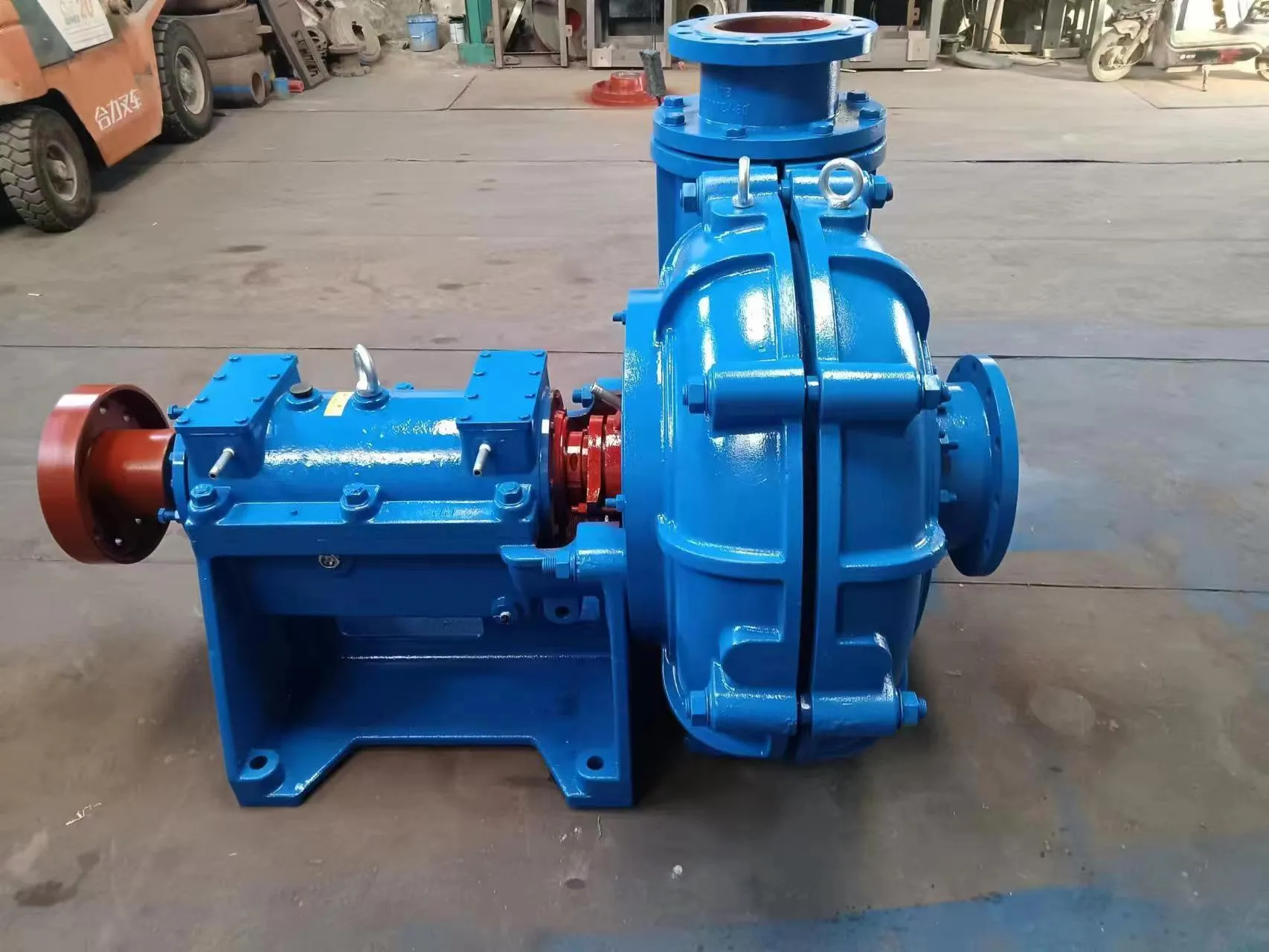English
- Afrikaans
- Albanian
- Amharic
- Arabic
- Armenian
- Azerbaijani
- Basque
- Belarusian
- Bengali
- Bosnian
- Bulgarian
- Catalan
- Cebuano
- Corsican
- Croatian
- Czech
- Danish
- Dutch
- English
- Esperanto
- Estonian
- Finnish
- French
- Frisian
- Galician
- Georgian
- German
- Greek
- Gujarati
- Haitian Creole
- hausa
- hawaiian
- Hebrew
- Hindi
- Miao
- Hungarian
- Icelandic
- igbo
- Indonesian
- irish
- Italian
- Japanese
- Javanese
- Kannada
- kazakh
- Khmer
- Rwandese
- Korean
- Kurdish
- Kyrgyz
- Lao
- Latin
- Latvian
- Lithuanian
- Luxembourgish
- Macedonian
- Malgashi
- Malay
- Malayalam
- Maltese
- Maori
- Marathi
- Mongolian
- Myanmar
- Nepali
- Norwegian
- Norwegian
- Occitan
- Pashto
- Persian
- Polish
- Portuguese
- Punjabi
- Romanian
- Russian
- Samoan
- Scottish Gaelic
- Serbian
- Sesotho
- Shona
- Sindhi
- Sinhala
- Slovak
- Slovenian
- Somali
- Spanish
- Sundanese
- Swahili
- Swedish
- Tagalog
- Tajik
- Tamil
- Tatar
- Telugu
- Thai
- Turkish
- Turkmen
- Ukrainian
- Urdu
- Uighur
- Uzbek
- Vietnamese
- Welsh
- Bantu
- Yiddish
- Yoruba
- Zulu
Telephone: +86 13120555503
Email: frank@cypump.com
Nov . 18, 2024 07:35 Back to list
slurry pump rubber
Understanding Slurry Pump Rubber A Key Component in Pump Efficiency and Longevity
In various industries, especially in mining, mineral processing, and wastewater management, the efficiency and reliability of slurry pumps play a critical role. These pumps are designed to handle extremely abrasive and corrosive materials that can cause significant wear and tear on standard pump components. One of the most crucial elements in slurry pump construction is the rubber used for manufacturing the lining and wear parts. This article discusses the importance of slurry pump rubber, its types, properties, and its impact on pump performance.
The Role of Slurry Pump Rubber
Slurry pumps are used to transport a mixture of liquids and solid particles, which can range from fine silt to coarse gravel. The nature of these slurries poses specific challenges, as the solid particles can rapidly erode metal parts of the pump. This is where slurry pump rubber comes into play. Rubber linings and components provide a layer of protection that significantly enhances the pump's durability and operational lifespan.
Rubber materials can absorb impacts and vibrations, which helps to mitigate wear from abrasive slurries. Moreover, they offer a resilient barrier against corrosive chemicals often present in slurry mixtures. This not only prolongs the life of the pump but also ensures consistent performance over time.
Types of Rubber Used in Slurry Pumps
Several types of rubber are commonly used in slurry pump applications, each with distinct properties suited for specific conditions
1. Natural Rubber (NR) Known for its excellent elasticity and wear resistance, natural rubber is often used in applications where flexibility and resilience are required. However, it may not offer the best performance against highly corrosive materials.
2. Synthetic Rubber This category includes materials such as styrene-butadiene rubber (SBR) and ethylene propylene diene monomer (EPDM). These rubbers are engineered to provide improved resistance to chemical degradation and temperature variations, making them suitable for a wider range of slurry types.
3. Chlorobutyl Rubber (CIIR) This type of rubber is particularly effective against environmental factors and offers good resistance to ozone and weathering. It is often used in applications where exposure to water and air is frequent.
4. Nitrile Rubber (NBR) Known for its oil-resistant properties, nitrile rubber is ideal for slurries containing hydrocarbons. Its strength in chemical resistance makes it a favored choice in industries dealing with oily or greasy materials.
slurry pump rubber

5. Polyurethane While not a rubber in the traditional sense, polyurethane offers exceptional wear resistance and is frequently used for slurry pump liners. It can endure more abrasion than most rubber types, making it advantageous in highly abrasive applications.
Key Properties of Slurry Pump Rubber
The effectiveness of rubber used in slurry pumps can be attributed to several key properties
- Abrasion Resistance The ability of the rubber to withstand wear and tear caused by solid particles in slurries is crucial for pump longevity.
- Chemical Resistance The rubber must resist degradation from chemicals to ensure that the pump operates efficiently in harsh environments.
- Flexibility A flexible rubber lining can absorb shocks and vibrations while maintaining its structural integrity.
- Temperature Stability Rubber materials that can withstand temperature fluctuations will ensure consistent performance under varying operating conditions.
Impact on Pump Performance
The choice of rubber in slurry pumps directly affects both their efficiency and maintenance needs. High-quality rubber liners reduce the frequency of repairs and replacements, which can be costly and time-consuming. Furthermore, they help maintain optimal flow rates, which is vital for process efficiency.
In summary, slurry pump rubber is an indispensable component that significantly influences the performance, reliability, and lifespan of pumps used in abrasive and corrosive environments. Understanding the different types of rubber and their properties allows industries to make informed decisions, resulting in enhanced operational efficiency and reduced maintenance costs. As technology advances, continued innovation in rubber materials will play a pivotal role in optimizing slurry pump performance for various applications around the globe.
-
ISG Series Pipeline Pump - Chi Yuan Pumps | Energy Efficiency&Compact Design
NewsAug.03,2025
-
ISG Series Vertical Pipeline Pump - Chi Yuan Pumps Co., LTD.|High Efficiency, Low Noise, Durable
NewsAug.02,2025
-
ISG Series Vertical Pipeline Pump - Chi Yuan Pumps | High Efficiency, Low Noise
NewsAug.02,2025
-
ISG Series Vertical Pipeline Pump- Chi Yuan Pumps Co., LTD.|High Efficiency&Compact Design
NewsAug.02,2025
-
Heavy-Duty Mining Sludge Pumps - Wear-Resistant Slurry Handling
NewsAug.02,2025
-
Horizontal Split Case Pump with GPT-4 Turbo | High Efficiency
NewsAug.01,2025










